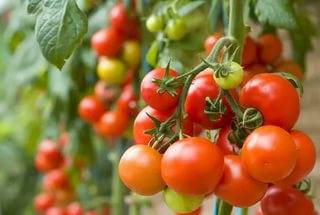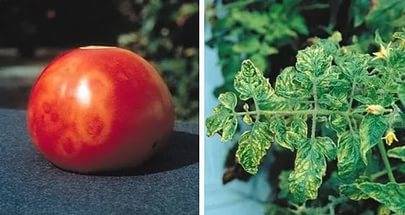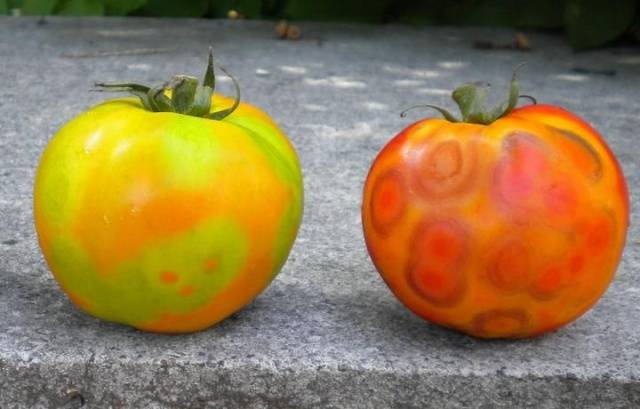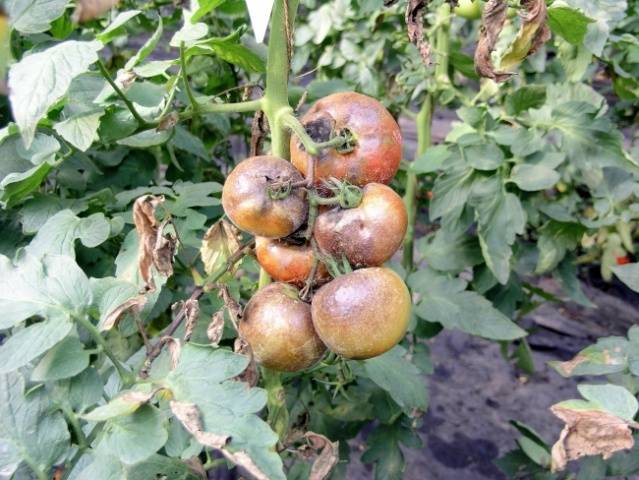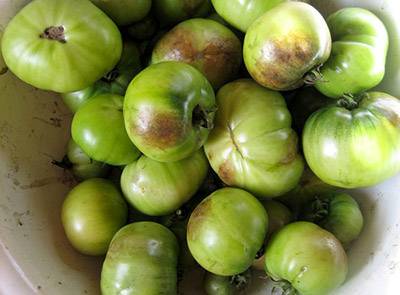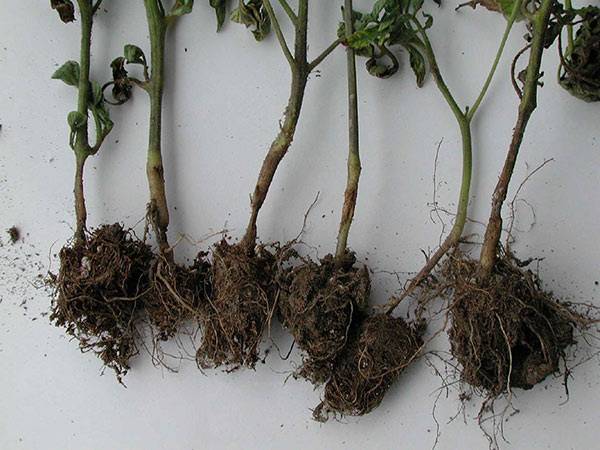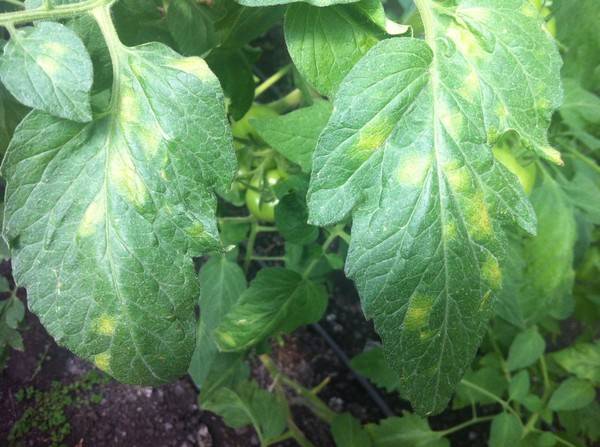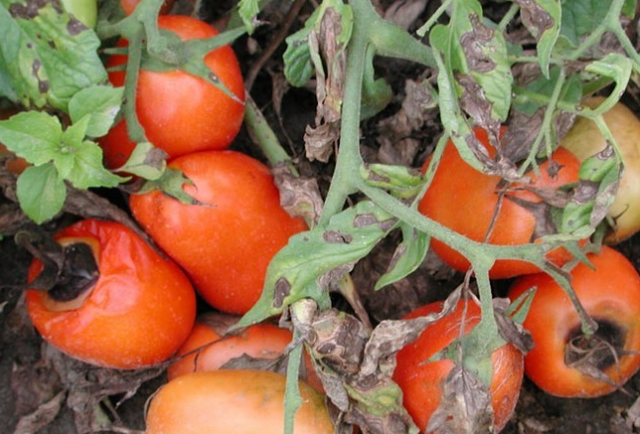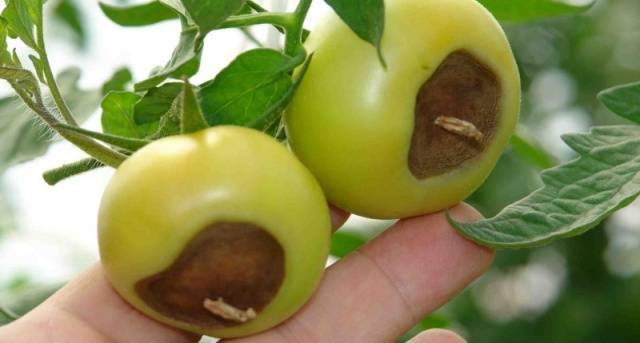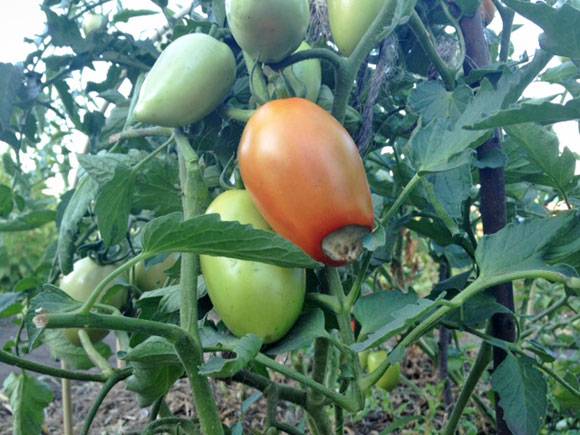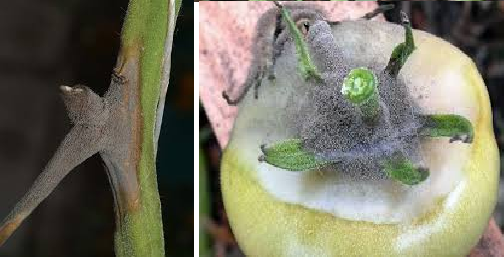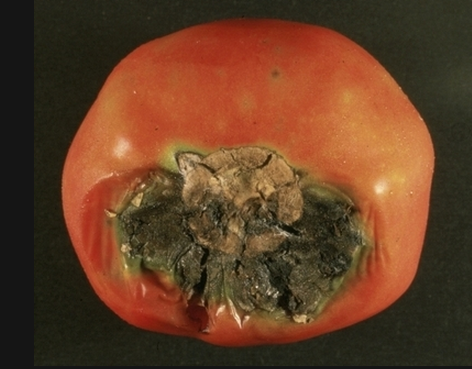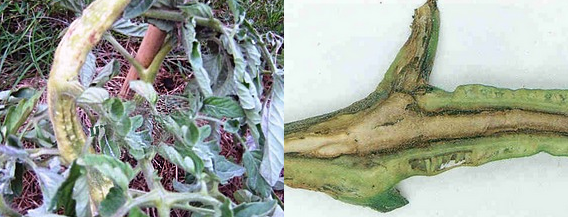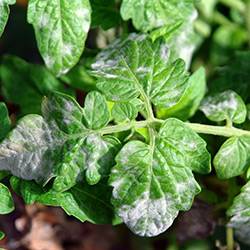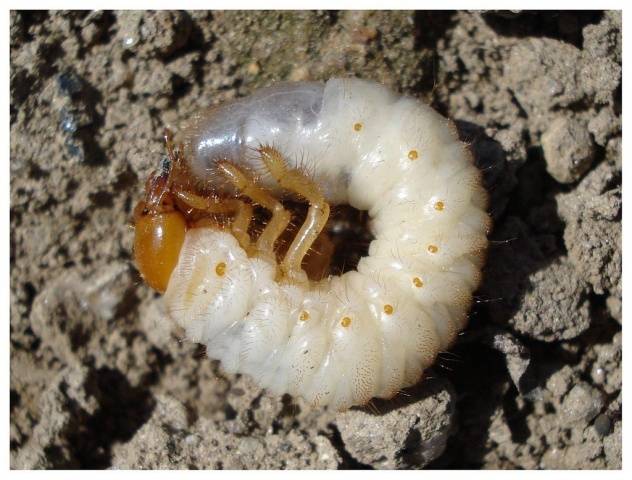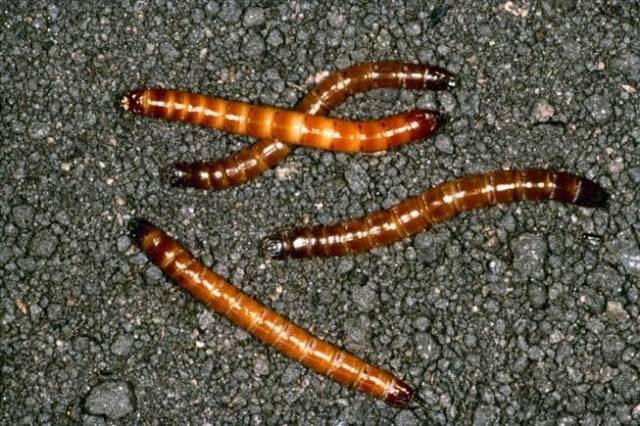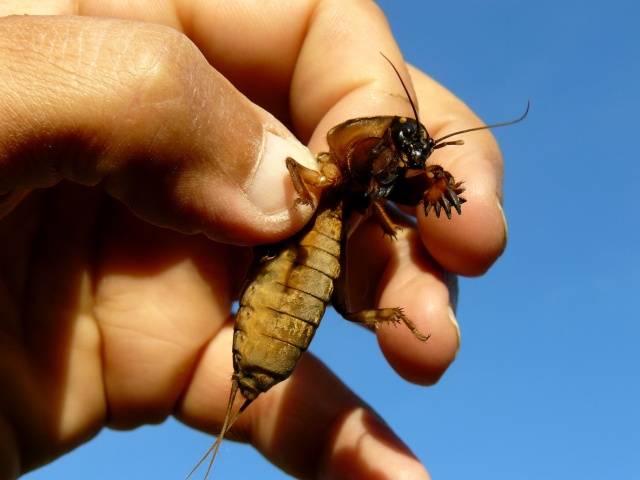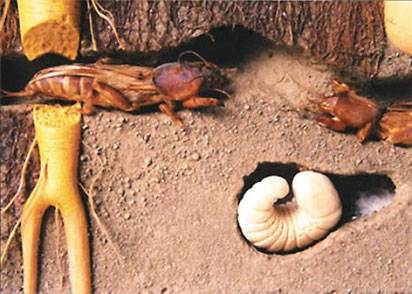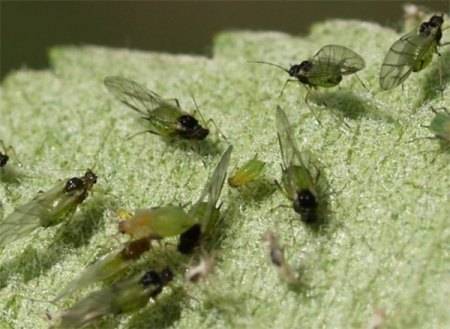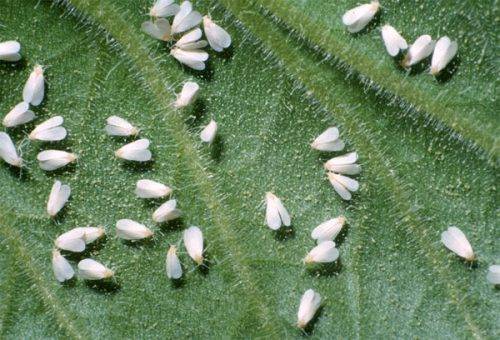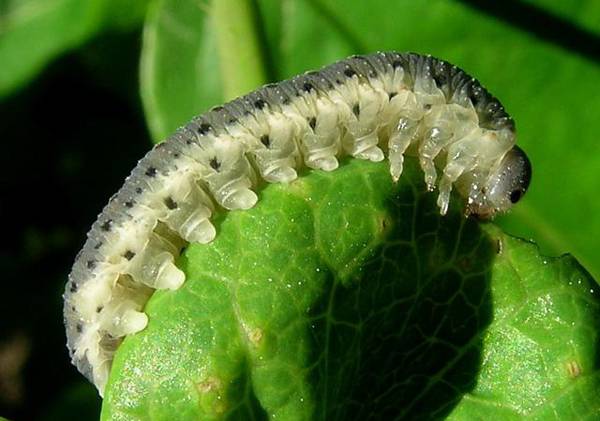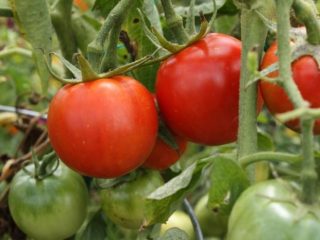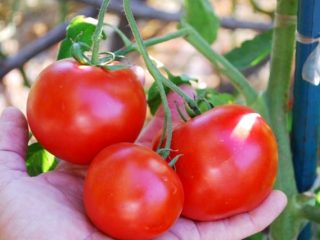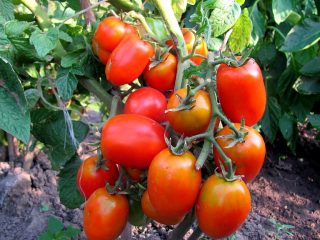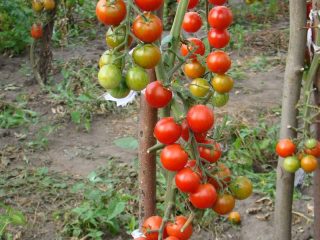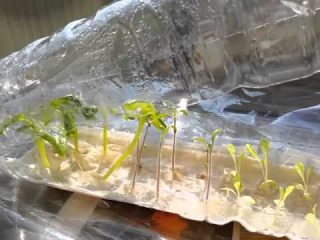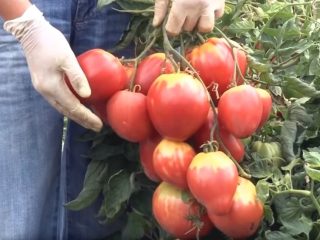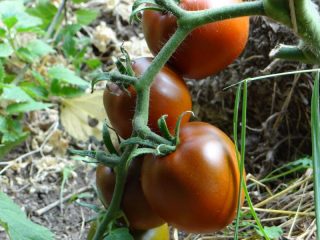Growing tomatoes requires a lot of care and attention. For their successful cultivation, it is necessary to provide regular watering and fertilizing, as well as loosening, formation of bushes and a number of other measures. But even with the most careful care, a gardener may lose his harvest due to exposure to various viruses, bacteria, fungi or pests. Tomato diseases develop gradually, and often the farmer cannot detect the problem at an early stage of its appearance. To save tomatoes, the gardener must be prepared in advance for such a situation. The basis of preparation is the ability to identify the symptoms of the disease and take timely measures to eliminate it. Also an important point in the growing season of tomatoes is the prevention of possible diseases. All the main points in the fight against the most common ailments and measures to protect against harmful microflora and pests will be discussed in this article.
The most common diseases
The main causative agents of diseases in tomatoes are fungi, viruses and bacteria. They can be in the ground or move through the air, reaching the surface of the plant along with water. A special feature of fungal pathogens is the fact that they can remain in a dormant spore state for a long time until favorable conditions for reproduction occur. Thus, the appearance of the first symptoms of the disease may occur much later than the moment of infection.
Each disease has its own symptoms, which must be known and promptly identified. If they are observed, measures should be taken immediately to treat the tomatoes. Among all the possible ailments of tomatoes, the most common are:
Mosaic
The viral disease is transmitted by contact with insect vectors (aphids) or remnants of former vegetation. Infection occurs through damaged areas on the tomato trunk.
Symptoms of the disease can be observed on tomato leaves and its fruits:
- tomato leaves curl, yellow or brown spots and stripes appear on them. If the damage is severe, tomato leaves die;
- the trunk and leaves of the tomato become very fragile;
- on the surface of vegetables you can see round spots of discoloration;
- There are green necrotic spots inside the vegetable.
It is worth noting that the disease virus may initially be present on the surface of tomato seeds. In this case, infection of already mature tomatoes can be avoided only if strict rules for processing planting material are observed.Thus, tomato seeds should be treated with a manganese solution or a special chemical before planting. Breeders, in turn, offer farmers hybrids that are resistant to this disease: “President”, “Anyuta”, “Belle” and some others.
Unfortunately, already infected tomato bushes cannot be cured of the disease. Among the effective methods of control, one can only use such preventive measures as choosing a tomato variety that is resistant to the disease, treating tomato seeds before sowing, observing the light, temperature and humidity conditions of cultivation, and regularly feeding tomatoes with nutrients.
Late blight
This is a fungal disease that occurs when tomatoes get infected with the fungus of the same name - late blight. Phytophthora often damages tomatoes in open areas of the ground and manifests its symptoms in the autumn or summer in unfavorable, rainy conditions.
Characteristic symptoms of the disease are brown spots on the leaves and fruits of tomato. Drying, dark spots can also be seen on the trunk. A striking example of the manifestation of late blight symptoms is shown in the photo below.
To prevent the disease, it is necessary to observe the humidity and temperature conditions for growing tomatoes. Proper organization of watering can also significantly reduce the likelihood of tomato diseases. Thus, experienced gardeners use plastic bottles with the bottom cut off to water tomatoes.By touching the neck of the container in the soil at the very root of the plant, you can get an excellent reservoir for simple and safe watering of tomato bushes.
To prevent the disease, you can use special medications or some folk remedies, for example, an infusion of garlic with potassium permanganate. Whey also helps protect tomatoes from late blight. Plants should be sprayed for prevention regularly when the weather is favorable for the development of the fungus, after prolonged rains, or sudden temperature fluctuations. The drugs “Fitosporin”, “Zaslon” and some others can also be used for preventive purposes. The most effective drugs include Famoxadone, Mefenoxam, and Mancozeb. These drugs can cope with the disease even with significant areas of plant damage, but after using them, tomatoes should not be consumed for 3 weeks.
Blackleg
This fungal disease can be found under two names: blackleg and root rot. The disease often occurs at the stage of growing tomato seedlings, as well as in adult plants if the watering regime is not followed.
The main symptoms of tomato disease are blackening and rotting of plant roots, and then their cuttings. In addition to this, root rot can cause tomato leaves to wilt and dry out. Brown spots appear on the surface of the leaf blade as the disease spreads.
To prevent the disease, it is necessary to treat them with a fungicide before planting tomato seeds in the soil.Also, a preventive measure to prevent the development of the disease is disinfecting the soil by heating and ensuring drainage in containers with seedlings. If, nevertheless, the disease has overtaken already grown tomatoes, then you can use the drug “Rossa” or “Pseudobacterin-2”.
Cladosporiosis
Cladosporiosis of tomatoes (brown spot) is a rather dangerous, rapidly developing fungal disease that affects the leaves of tomatoes, and then the fruits themselves. Harmful fungi enter the tomato body through small damage and wounds left, for example, after pinching or removing leaves. A favorable condition for the development of tomato cladosporiosis is high air humidity.
During the development of this tomato disease, a number of characteristic signs can be observed:
- Light yellow concentric spots appear on the surface of the leaves; a brown “fluffy” coating can be observed on their back side;
- Damaged areas of tissue on tomato leaves become brown and dry out over time. Tomato leaves curl and sometimes fall off;
- existing flowers fade and fall off, brown spots appear on already formed fruits at the place where the stalk is attached.
There are various ways to treat this disease. Among folk remedies, spraying tomatoes with a solution of baked milk and iodine is highly effective. For 5 liters of water you need to add 15 drops of iodine and half a liter of milk.When spraying, you need to especially carefully treat the back side of the tomato leaves. A decoction of wood ash and a whey solution can also be used to prevent and combat tomato disease.
Tomatoes can also be protected and treated from disease using broad-spectrum fungicides, for example, using the drug “Bravo”. You can also treat tomatoes with your own mixture of chemicals. To do this, add 1 tbsp to a bucket of water. l. copper sulfate and 3 times more sulfur. It is also necessary to additionally add polycarbacin to the mixture in the amount of 1 tbsp. l. The resulting mixture is used to spray tomatoes. The solution can be used for tomato seedlings or mature plants.
To do this, you need to pour the working solution into the soil around the tomato tree trunk.
Apical rot
This tomato disease is not caused by fungi or harmful microflora. The cause of the development of the disease is unfavorable conditions for growing tomatoes: high atmospheric temperature and lack of moisture in the soil. Also provoking factors for the disease are low potassium content in the soil and its salinity.
A sign of the disease is the appearance of a brown round spot on the top of the fruit. The vegetable tissues under the dark skin begin to rot, and over time the damaged area becomes soft. At the slightest touch, such tomatoes may fall off.
To prevent the disease, it is necessary to regularly water the tomatoes, preventing the soil from drying out. Calcium deficiency can be prevented by liming the soil, as well as applying various fertilizers containing this microelement. For example, the drug "Brexil Ca" contains both calcium and boron. The product should be used to spray tomatoes on the leaf (10 g of substance per bucket of water).
Drugs such as Megafol or Sweet can also be used to protect tomatoes from blossom end rot. They allow tomatoes to better absorb moisture and nutrients from the soil, as well as transport the resulting energy to the most distant leaves and fruits of the tomato. Under the influence of these drugs, tomatoes ripen faster, become more juicy, accumulate large amounts of vitamins, and become resistant to low temperatures and stress.
Other types of rot
Diseases can occur completely unexpectedly on tomatoes. The number of possible diseases sometimes frightens even the most experienced farmer. There are several types of rot alone. Below are the most common putrefactive diseases of tomatoes, their photos and treatment.
Gray rot
A manifestation of this tomato disease is a gray coating on the tomato stem. As the gray spot spreads, the stem stops transmitting nutrients and moisture, contributing to the death of the tissues of the vegetative organs of the plant. Further development of the disease is manifested by the appearance of a gray coating on the tomatoes themselves.
Treatment of this tomato disease involves removing the area of the trunk or leaf damaged by the fungus, as well as treating the tomato with fungicides.To prevent the disease, you can use the drug "Glyocladinol".
White rot
The primary symptom of infection and spread of this disease is a white coating on the bottom leaves of tomatoes. Gradually, the tomato leaf plates become watery and lose their usual green color. Over time, the disease damages the entire tomato bush, rising from bottom to top. Tomato fruits are also covered with a white fluffy coating. Moreover, this is typical both for vegetables that are at the ripening stage and for already fully ripe fruits.
To prevent disease and treat tomatoes at an early stage of development of a fungal disease, you can use a solution of copper sulfate, urea and zinc.
Brown rot
Symptoms of this disease can be seen on tomato fruits. Thus, when tomatoes are infected with brown rot, a dark putrefactive spot forms on the tomato fruit along the perimeter of the stalk. Its diameter may be only 3-4 cm, however, the damage inside the fruit is much larger than one would expect.
The disease occurs when a fungus penetrates into a tomato fruit through an existing damage in its skin. The fungus can be carried by a blow of wind or a drop of water. As a preventive measure, tomatoes should be treated with Bordeaux mixture or copper chloride.
All fungal diseases of tomato develop in a humid environment, which means that the fight against them consists, first of all, in restoring a normal microclimate. It is also worth noting that regular feeding of tomatoes and the formation of bushes in the morning can act as preventive measures.
Stem necrosis
Signs of this viral disease can be observed in fully mature tomatoes at the stage of ovary formation. A symptom of the disease is the appearance of small dark green cracks at the bottom of the tomato stem. As the disease develops, aerial roots appear in places of cracks, and a general wilting of the plant leaves is observed, the bush falls and dies.
The source of the disease is infected seeds or contaminated soil.
The soil where infected tomatoes grew must be treated with a 2% solution of the drug “Fitolavin-300”.
Powdery mildew
Sometimes you can see strange formations on tomato leaves that resemble flour dust. This symptom signals that tomatoes are infected with powdery mildew. At the site of such spraying, ulcers appear on the tomato leaves over time, and the tomato leaves themselves, under the influence of the disease, turn yellow and fall off.
To prevent the disease, it is necessary to follow the rules for watering tomatoes, as well as wisely use nitrogen-containing fertilizers without going overboard with their quantity. When observing the first signs of the disease, the amount of phosphorus and potassium in the soil, on the contrary, needs to be increased. If a disease occurs, tomatoes can be treated with soda or manganese solution, infusion of garlic or wood ash. To treat tomato disease at the stage of progressive development, you can use the drugs “Topaz” and “Fundazol”.
All of these diseases can significantly harm tomatoes, destroy them, or significantly reduce the yield of vegetables.Tomatoes with strong immunity obtained as a result of proper plant care can resist diseases on their own. Timely detection of the problem and eliminating it at an early stage of development allows you to maintain the health of the tomato and prevent the destruction of the vegetable crop.
More information about tomato diseases can be found in the video:
Malicious pests of tomatoes
In addition to various diseases, insect pests can pose a serious threat to tomatoes. Many gardeners have no idea about their harmful effect on tomatoes, however, you need to know the enemy “by sight.” After all, only in this case can a set of measures be taken to save plants and crops.
Root Eaters
Insect pests live not only above the ground, but also in its thickness. So, sometimes, for completely unknown reasons, tomatoes begin to die, and it is not possible to save them, since the cause of death is not clear. And the culprit may be a small worm or insect that eats the roots of tomatoes.
Khrushchev
This pest many people know it as the cockchafer. A quite attractive flying insect can cause delight and surprise in adults and children. However, before the beetle appears, the insect is in the form of a larva, which is quite voracious and, while in the soil, is not averse to eating tomato roots. As a result of the destruction of the root system, tomatoes begin to wither or even die.
In the fight against tomato pest larvae, mechanical removal of the “enemy” by digging up the soil can help. Another effective way to combat the pest is to mulch the soil around the tree trunk with sawdust, pre-impregnated with urea.On store shelves you can also find chemicals that will destroy the larvae of these pests (“Rembek”, “Antikhrushch”).
You can protect tomatoes from the pest by pre-soaking the tomato roots before planting in a solution of the Aktar 25 preparation.
Darter or wireworm
The wireworm is the predecessor of the click beetle. The worm-shaped larvae are orange in color and have an oblong shape. These tomato pests are capable of eating tomato roots or even trunks.
To combat the pest, you can use the same methods as with the larvae of the cockchafer. Among the non-traditional methods of mechanical collection and destruction of the pest, the method involving vegetable peeling should be highlighted. So, a few days before the intended planting of tomatoes, vegetable peelings or peeled vegetables mounted on skewers are placed in the soil. Immediately before planting tomatoes, skewers with vegetable remains and pests collected in them are removed from the soil and destroyed.
Medvedka
This is not a small insect at all, which reaches a length of 10 cm, and during its life cycle can eat a lot of root crops and plant roots. In particular, the insect loves to feast on tomato roots.
The pest lives in wet soils, near water bodies and at high groundwater levels. The insect has well-developed, massive forelimbs, which serve as a device for digging holes in the ground. The pest creates nests and lays large numbers of eggs.After just 3 weeks, they become a whole colony of pests that can eat the roots of all tomatoes in a short period of time.
You can fight the pest in various ways, for example, using strong odors and noise. So, to combat the pest, peeled onions or foul-smelling pieces of rotten meat are buried in the soil near the trunk of tomatoes. Noisy turntables are installed above the ridges. The pest can also be lured for subsequent mechanical destruction. You can use rotted manure or beer as bait. To combat the mole cricket, some chemical agents are also provided, for example, “Medvedox”, “Grom”.
The listed tomato pests, while in the ground, are not visible to the gardener and therefore pose a particular threat to tomatoes. It is often possible to detect the problem only when clear signs of tomato death appear. The development of such a problematic situation can be prevented by using preventive measures, by sifting the soil and treating it before planting tomato seedlings in the ground. When parasitizing pests already on adult plants, the use of only special chemicals can be effective.
Pests on leaves
Pests of tomatoes on leaves can be very small, however, they are usually quite easy to detect by regularly inspecting the tomato.
Aphid
This pest moves in colonies. Aphids are small in size and can be colored black or green. The pest settles on the back side of tomato leaves and sucks out all the juices from it, as a result of which the tomato leaves wither, curl and may fall off.If a pest invades, tomato bushes may die in a short period of time.
Insecticides are highly effective in the fight against aphids. Treatment of leaves with this substance should be carried out during the day, in the absence of strong wind and rain. Among the most well-known, effective drugs against the pest, we can recommend “Proteus” and “Confidor maxi”.
Whitefly
These small butterflies often live in greenhouses and greenhouses. Pests lay larvae on the inner surface of tomato leaves. The pest larvae consume tomato juice as a food product, which leads to the same result as when exposed to aphids.
To combat the pest, you can use Fosbecid. It is added in an amount of 10 ml to a bucket of water, after which it is used to spray tomatoes in the morning and evening.
Scoops
While moth moths are in caterpillar form, they can cause significant damage to tomatoes. Pests up to 3 cm long are capable of significantly devouring tomato foliage or completely destroying plants. At the same time, the caterpillars are able to devour not only greens, but also the tomato vegetables themselves.
The pest parasitizes only in a dry, fairly warm environment. Cutworms often lay larvae on weeds, the removal of which can be a preventive measure in the fight against the “enemy.” You can also fight the pest with the help of the drugs “Proteus”, “Arrivo”, “Strela”. Experienced gardeners also advise using a folk remedy based on the use of a soap solution with the addition of ash and wormwood.
Spider mite
In conditions where there is no rain for a long time, and the weather is particularly high in temperature, another pest becomes active - the spider mite. It parasitizes on the inside of the leaf, enveloping it in a web. To maintain its vital functions, the mite sucks juices from tomato leaves, as a result of which the tomato leaf plates become brown and dry.
The pest can be eliminated by spraying tomatoes with an infusion of garlic or onion peels. Among the special chemicals for pest control, you can use Actellik or Fitoverm.
Conclusion
The listed tomato pests pose a particularly significant threat to the crop. To prevent their parasitism, you should regularly remove weeds from the beds, loosen and dig up the soil. Strong odors are also usually a deterrent to pests. This knowledge allows you to protect tomatoes from malicious pests. If preventive measures do not bring the desired result, then special chemicals should be used. It is also always worth remembering that tomatoes with strong immunity, with timely watering, fertilizing and bush formation, are not afraid of many diseases and pests. Therefore, proper care of tomatoes is the most effective preventive measure in the fight against diseases.
